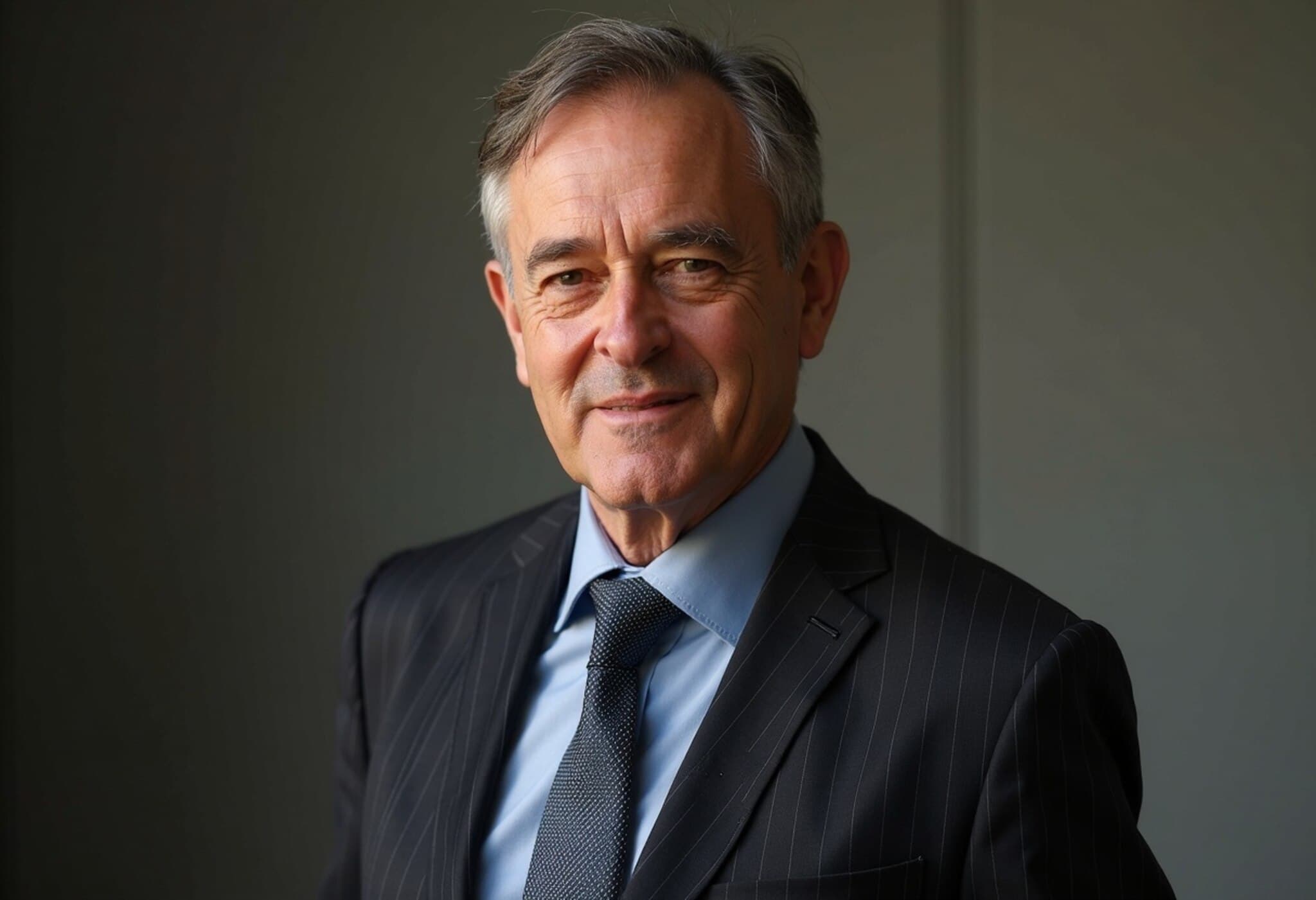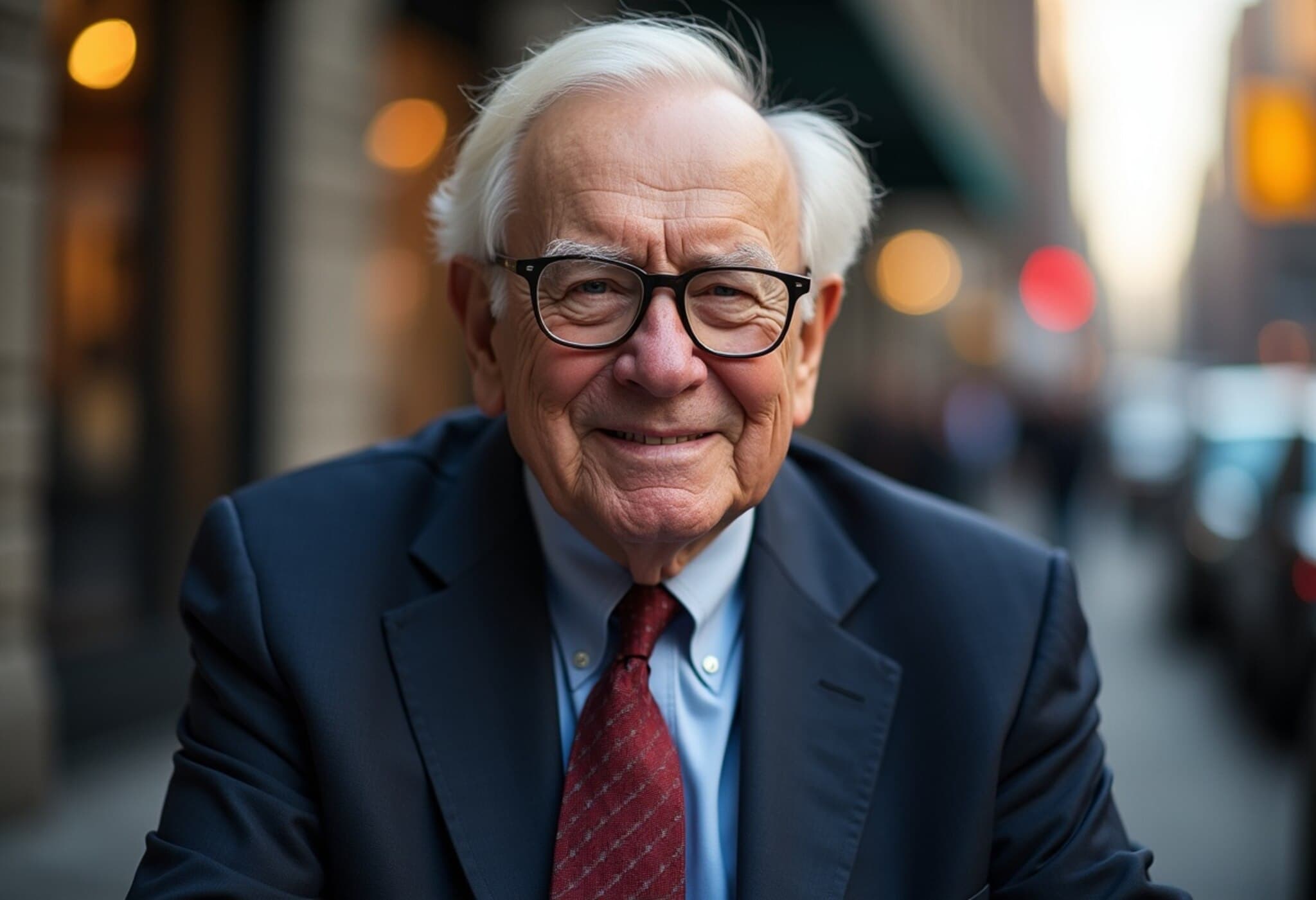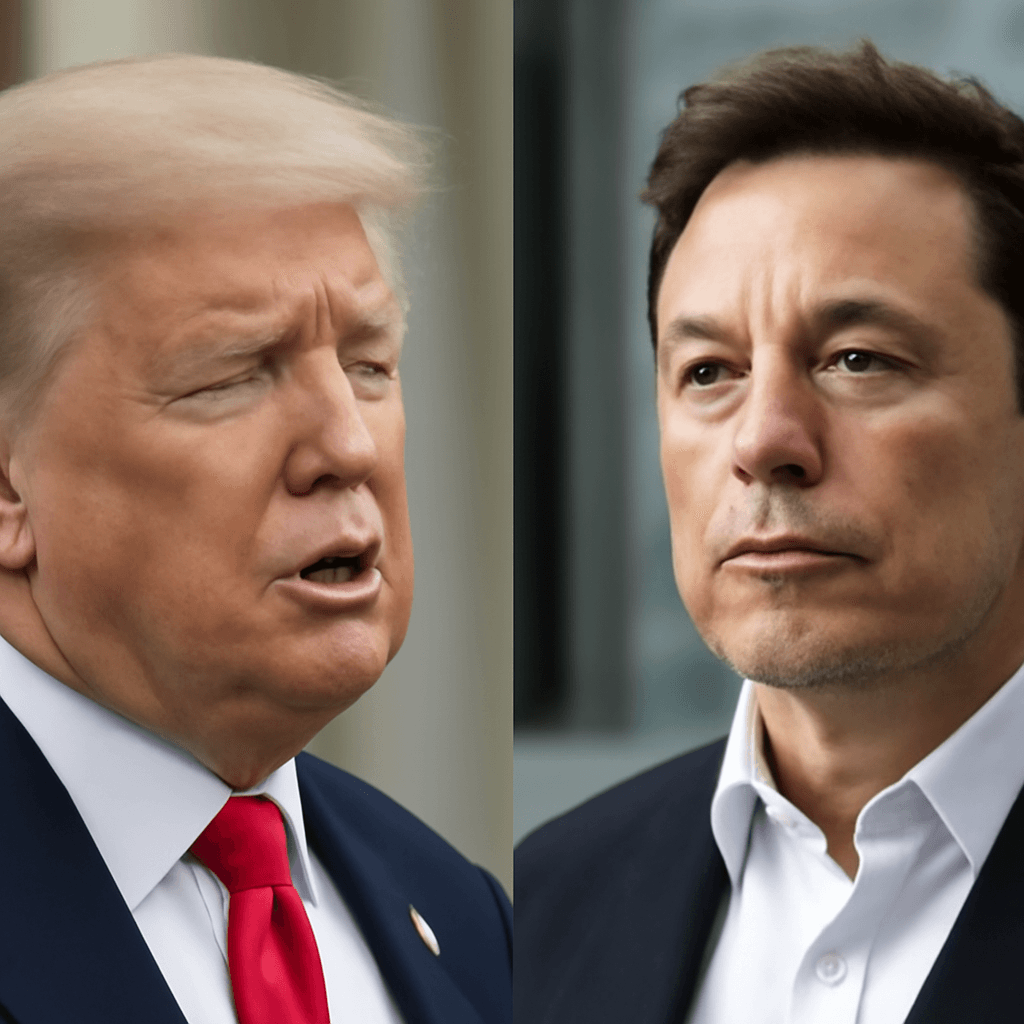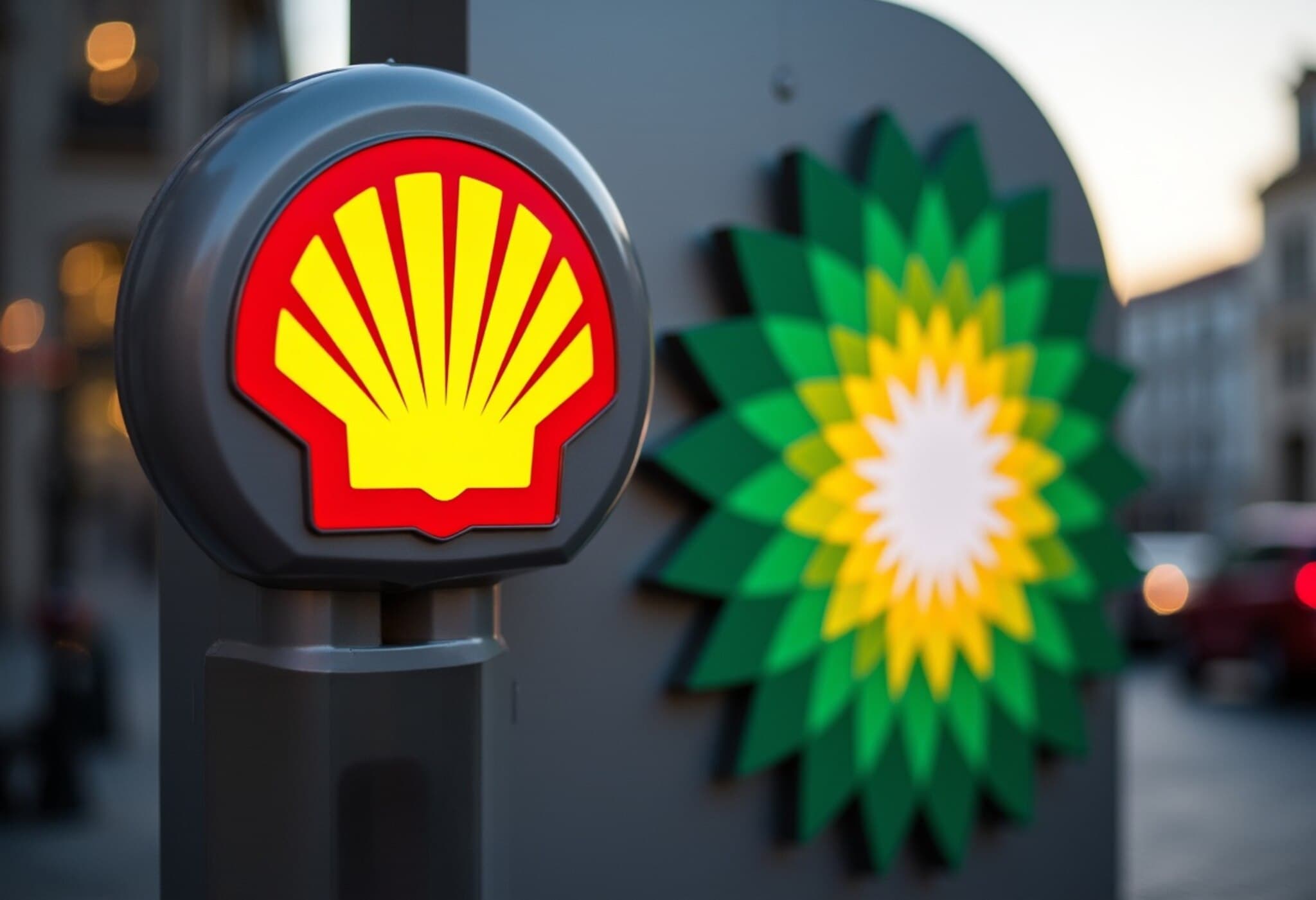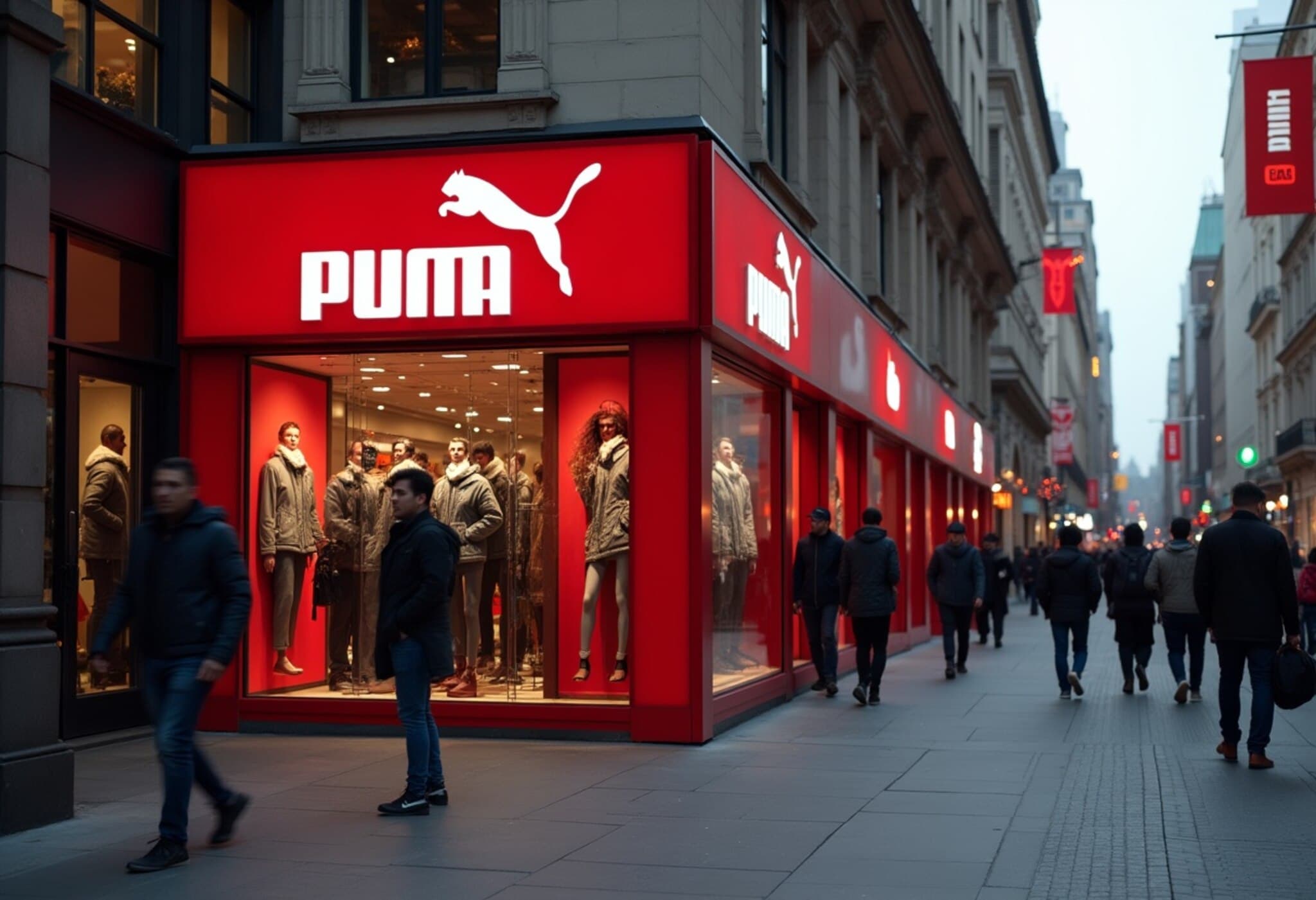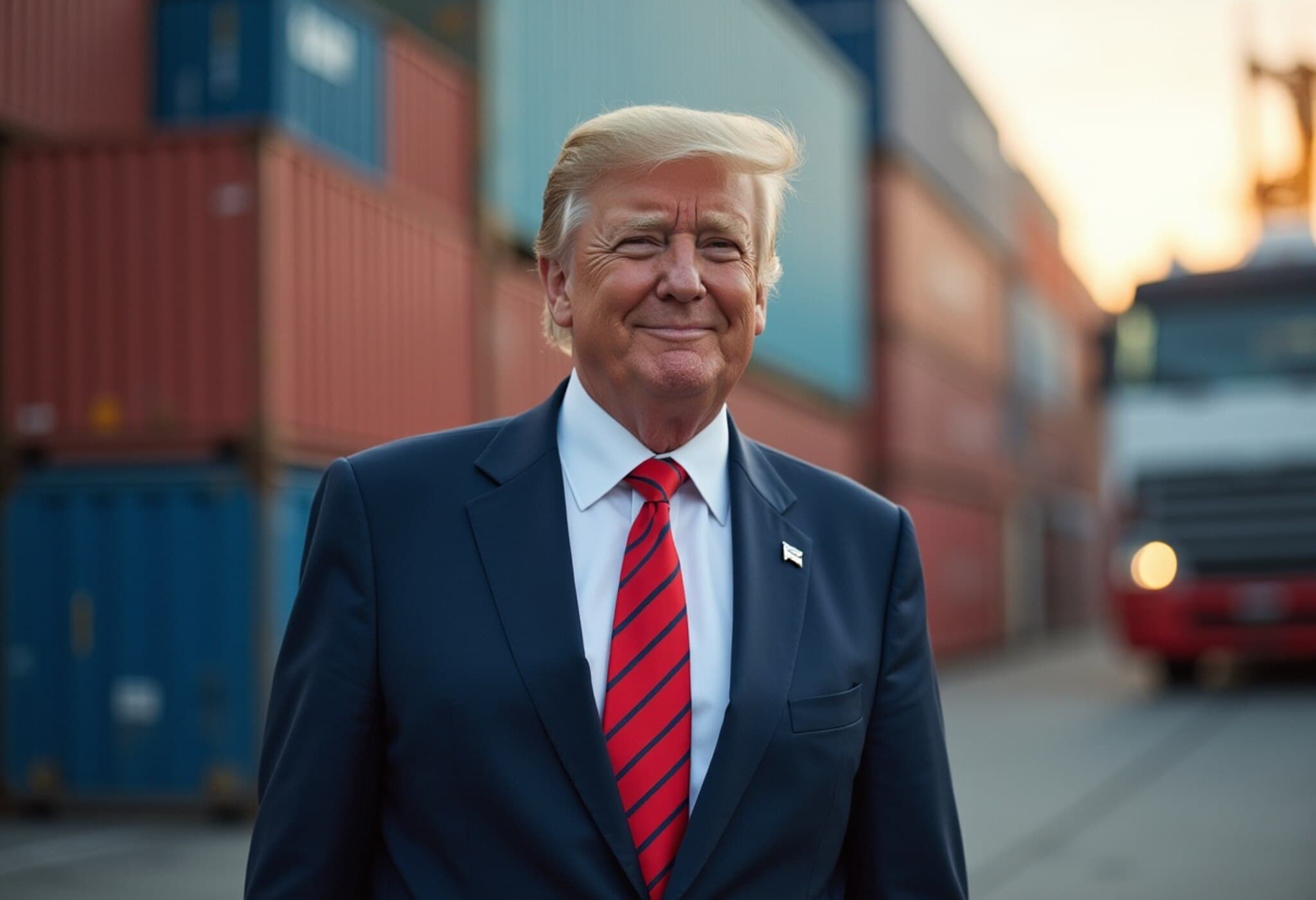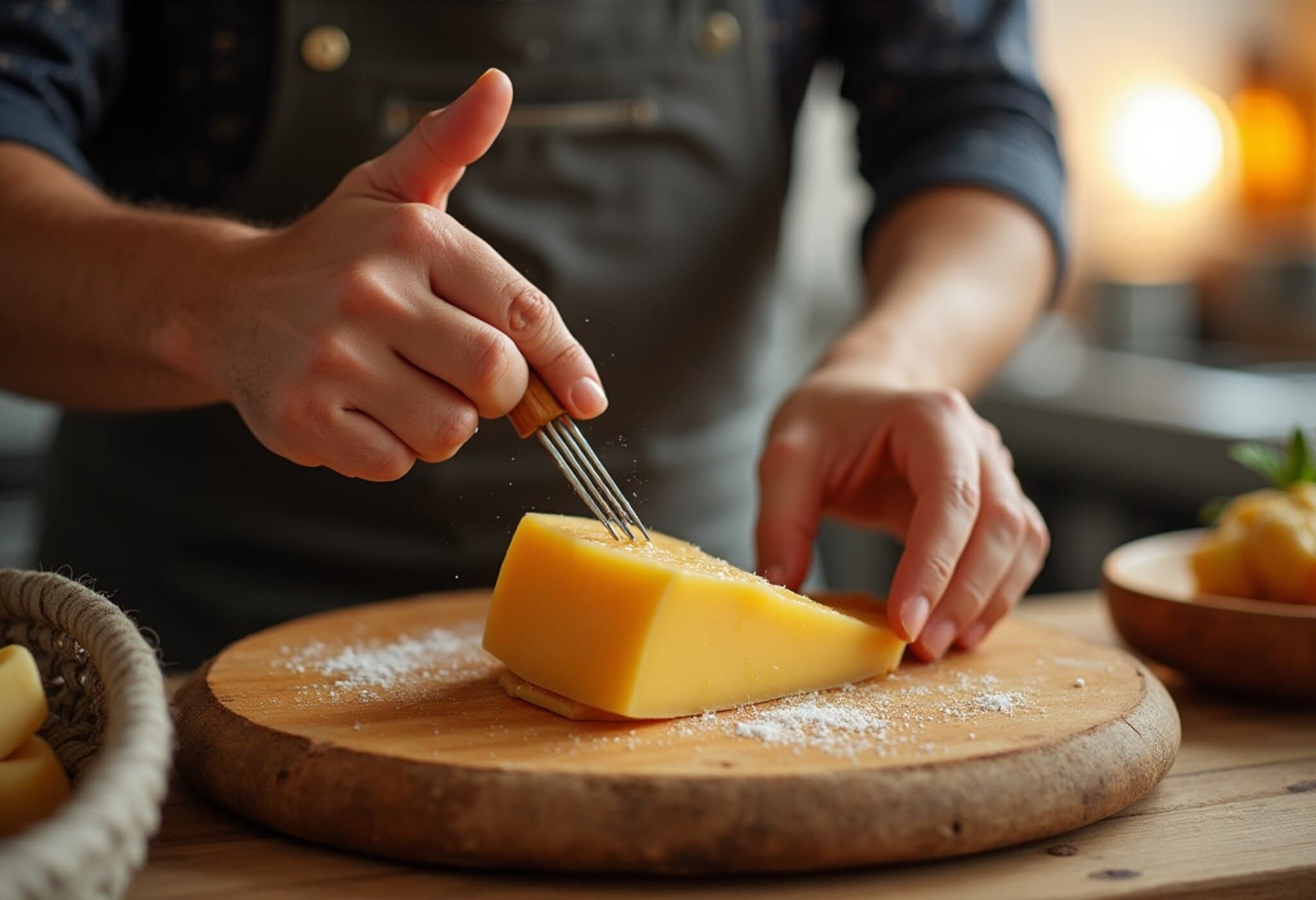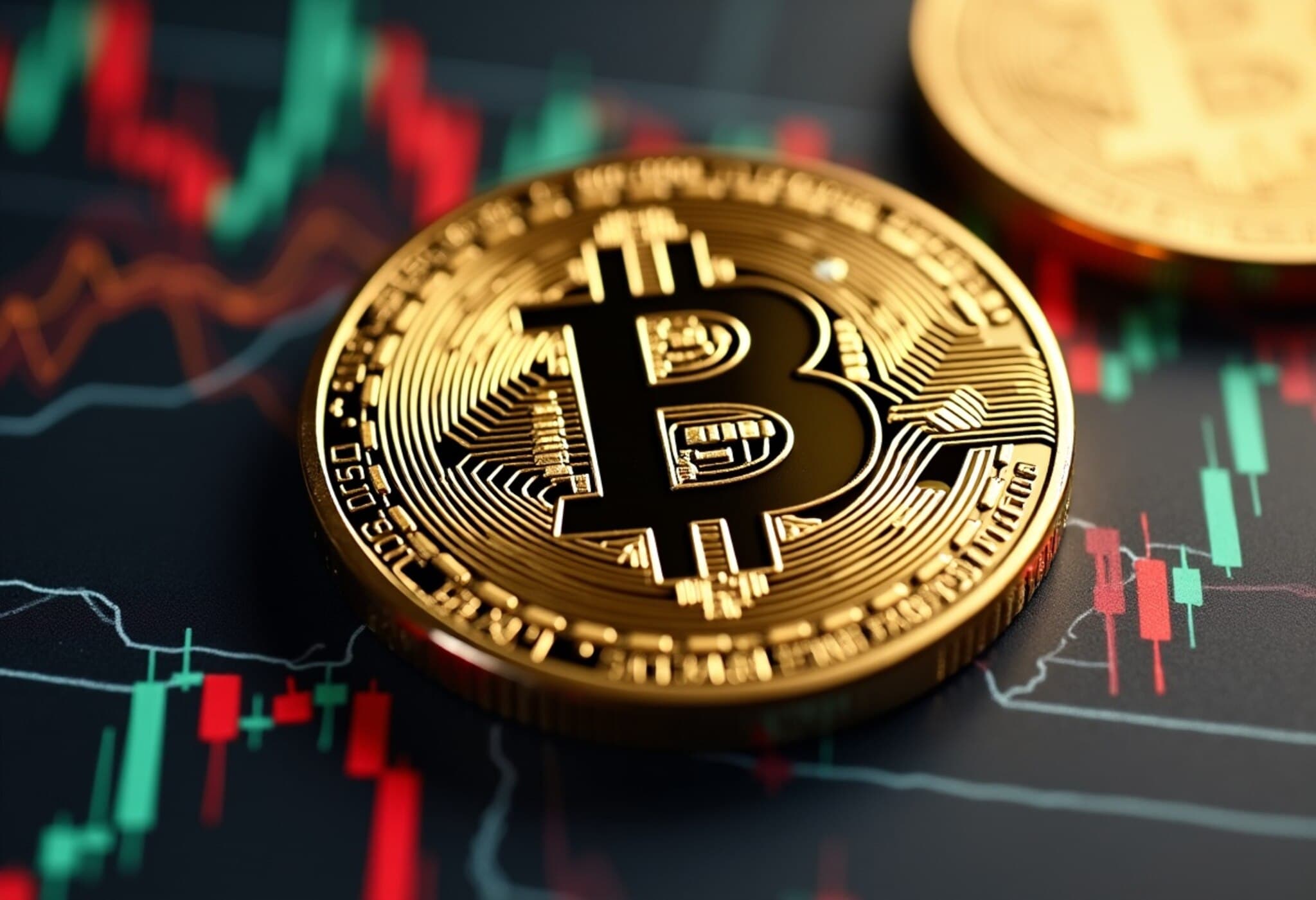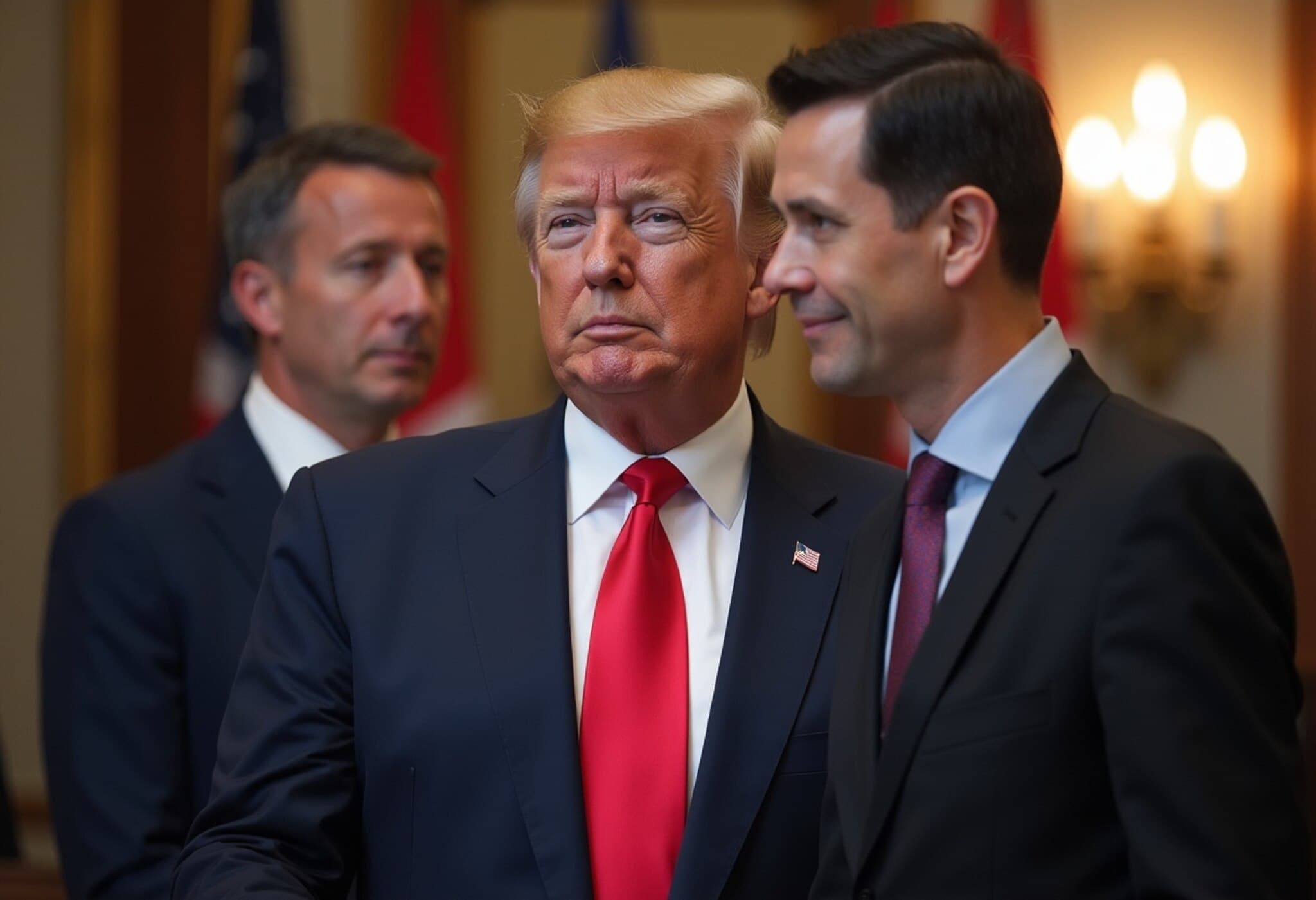The Resilience of Brunello Cucinelli in a Turbulent Luxury Market
In an era where global tariffs and economic uncertainty cloud the outlook for many luxury brands, Italian label Brunello Cucinelli stands out by defying the odds. The brand recently reported a remarkable 10.7% increase in first-half sales at constant exchange rates, surpassing analyst expectations and underscoring the enduring appetite for its signature 'quiet luxury' products—like their coveted $2,000 cashmere sweaters.
Robust Growth Despite Tariff Pressures
Preliminary revenues for the second quarter touched €342.6 million ($400.5 million), beating Jefferies’ estimate of €341.4 million. This headline figure reflects not just solid demand but also the brand’s ability to maintain premium pricing power amid rising import duties—specifically in the influential U.S. market.
Industry experts from Jefferies labeled Brunello Cucinelli’s gains as "industry-topping," acknowledging the exceptional resilience displayed across different regions worldwide. RBC Capital Markets analysts echoed this sentiment, highlighting the brand's "sector-leading momentum" that persists even when much of the luxury sector grapples with headwinds.
Strategic Price Adjustments and Forward Outlook
CEO and creative leader Brunello Cucinelli openly described the current tariff environment as "extraordinary," demanding "utmost attention" from the luxury sector, especially for companies with localized, artisanal production bases vulnerable to import duties.
In response, the company plans to raise U.S. prices by approximately 3% to 4% in the second half of the year, following global price increases of 3% to 3.5% enacted earlier. This tactical pricing adjustment is designed to shield margins without alienating the ultra-wealthy customer base that values exclusivity and quality over cost.
Looking ahead, the brand maintains a confident stance, projecting around 10% sales growth for both 2025 and 2026. This outlook sets an early tone for the luxury sector’s second-quarter earnings, which will begin to unfold with reports from groups like Cartier-owner Richemont.
Broader Luxury Sector Challenges and Market Sentiment
Despite Brunello Cucinelli’s bright spot, the luxury industry at large remains on edge. Several European luxury giants—including LVMH, Kering, Moncler, Richemont, and Hermes—saw shares dip recently amidst concerns over U.S. tariffs and their widening economic impact.
Market analysts voice skepticism about sustained, broad-based growth across the sector. The specialized nature of luxury manufacturing and heavy reliance on local craftsmanship leave many brands particularly exposed to import cost fluctuations and shifting consumer confidence during economic slowdowns.
What This Means for American Consumers and the Luxury Market
For American consumers, rising tariffs may translate into higher retail prices for high-end fashion, challenging even the wealthiest shoppers’ willingness to indulge. Yet, Brunello Cucinelli’s ability to pass costs upward reveals the nuanced position of "quiet luxury" in the marketplace: an offering that prioritizes understated extravagance and timeless quality over fleeting trends, maintaining demand even when prices climb.
This trend might serve as a bellwether for other luxury houses striving to navigate the complex interplay between geopolitical risks, cost pressures, and evolving consumer preferences.
Key Takeaways
- Brunello Cucinelli outperforms expectations with a 10.7% sales increase in the first half of 2025, defying sector-wide challenges.
- The brand demonstrates resilience amid rising U.S. tariffs by implementing strategic price hikes.
- Industry analysts praise the company’s momentum but caution about broader sector growth risks.
- The luxury market faces uncertainty due to geopolitical tariffs and potential changes in elite consumer spending.
Editor’s Note
While Brunello Cucinelli’s strong performance offers a hopeful glimpse into the future of luxury retail, it also raises critical questions: Will other prestigious brands replicate this strategy without sacrificing brand equity? How will U.S. tariffs reshape luxury consumption patterns among wealthy Americans? As economic headwinds unexpectedly test the luxury sector’s foundations, stakeholders must watch closely to discern whether 'quiet luxury' will remain an exclusive refuge or a broader industry blueprint.



